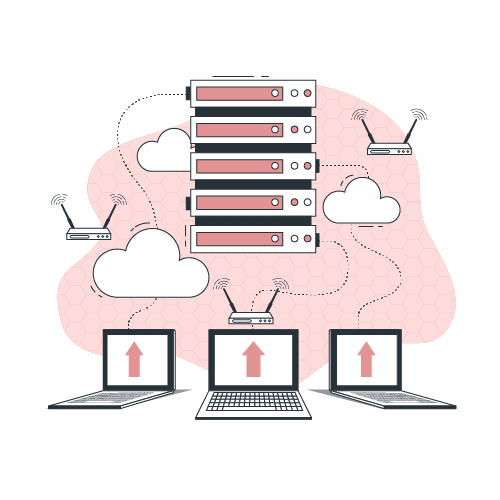Network Management is a critical component of IT operations, essential for maintaining the health, performance, and security of network infrastructure. By encompassing fault management, configuration management, security management, performance management, and accounting management, organizations can ensure their networks are reliable, secure, and efficient. Despite the challenges, the benefits of robust network management—such as improved reliability, enhanced security, operational efficiency, cost savings, and scalability—make it a vital investment for any organization. Effective network management requires the right combination of tools, skilled personnel, and systematic procedures to navigate the complexities of modern network environments.
